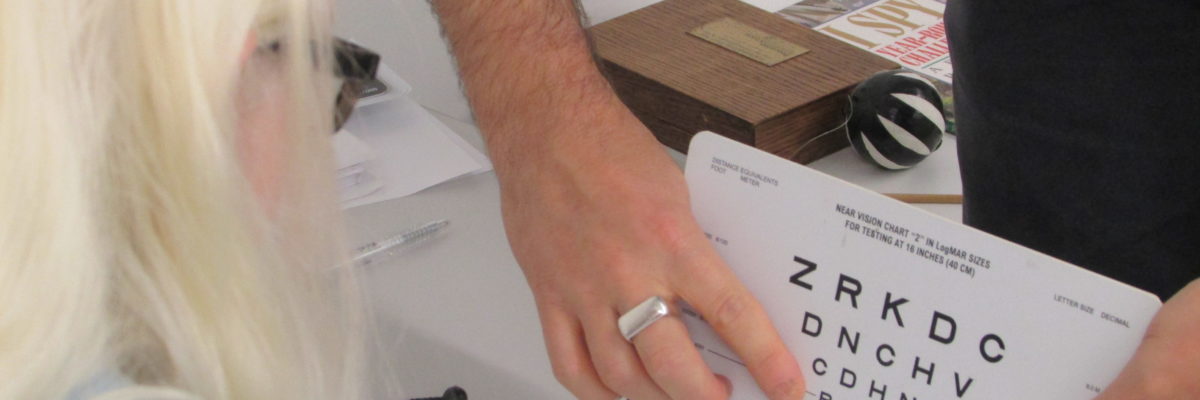Being A Thinking Mover!
DOM and body awareness
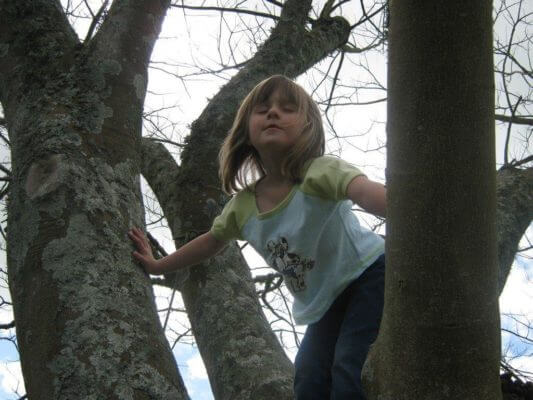
The student with Vision Impairment needs to have awareness of their own body. This will enable them to move to where they want to be with:
- Precision – being sure of how to move myself,
- Fluidity – being able to move in a coordinated and planned manner,
- Ease – not requiring too much energy,
- Confidence – motivation and mastery,
- Purpose – knowledge of where and how,
- Creativity – for negotiating different situations,
- Lateral thinking – being able to problem solve.
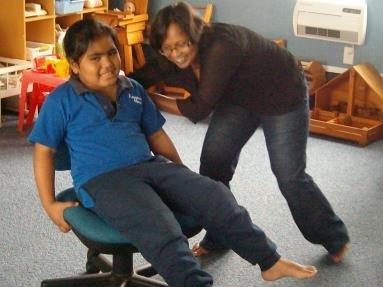
DOM is about
Encouraging the student with a vision impairment to:
- Want to move,
- Want to engage,
- Want to master their own body and world,
- Want to do it independently!
Successful programmes are ones that encourage the student to want to engage in whatever way possible!
-
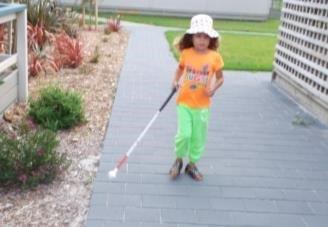
Figure 3 – Using a cane to travel Successful DOM
- Is when desire to move comes FROM the student,
- Is NOT overly dependent on other to make it happen.
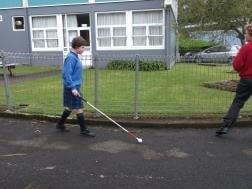
Figure 4 – Traveling around school using a cane The challenge is
- How do we encourage, in a motivating way, each student to do as much as they can for themselves?
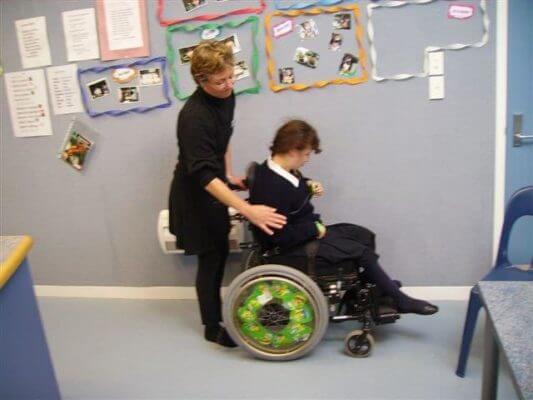
Figure 5 – Wheelchair guiding 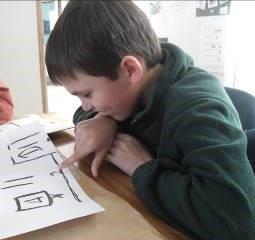
Figure 6 – Using maps It’s about control
This happens when the child has learned about their own body, how to move it effectively, and knows how to get to where they want to be.
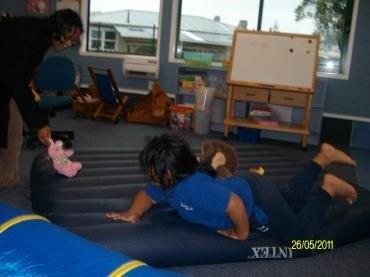
Figure 7 – Motor programmes 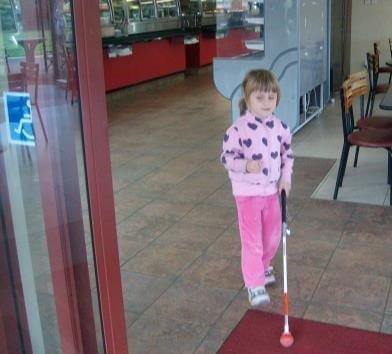
Figure 8 – Cane use in the community So, Developmental Orientation and Mobility is about
Control over:
- Body, self and movement by developing Body Imagery and efficient purposeful movement,
- The Social environment: expecting and getting consistent interactions!
- The physical environment: Learning about things and actively engaging with the world.
We want the student to think
“I have control over myself and my world”
- Because I have been actively involved with learning about myself and world in a positive way!
- I can do anything!
- And…just you try and stop me!”
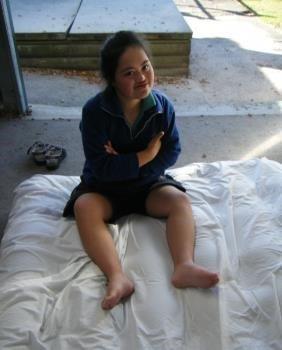
Figure 9 – Feeling confident Talk to your local Resource Teacher: Vision for more information about Developmental Orientation and Mobility.
Developed by Moving Forward Ltd and BLENNZ, 2014.
This resource is available for download in both Powerpoint and Word versions.

